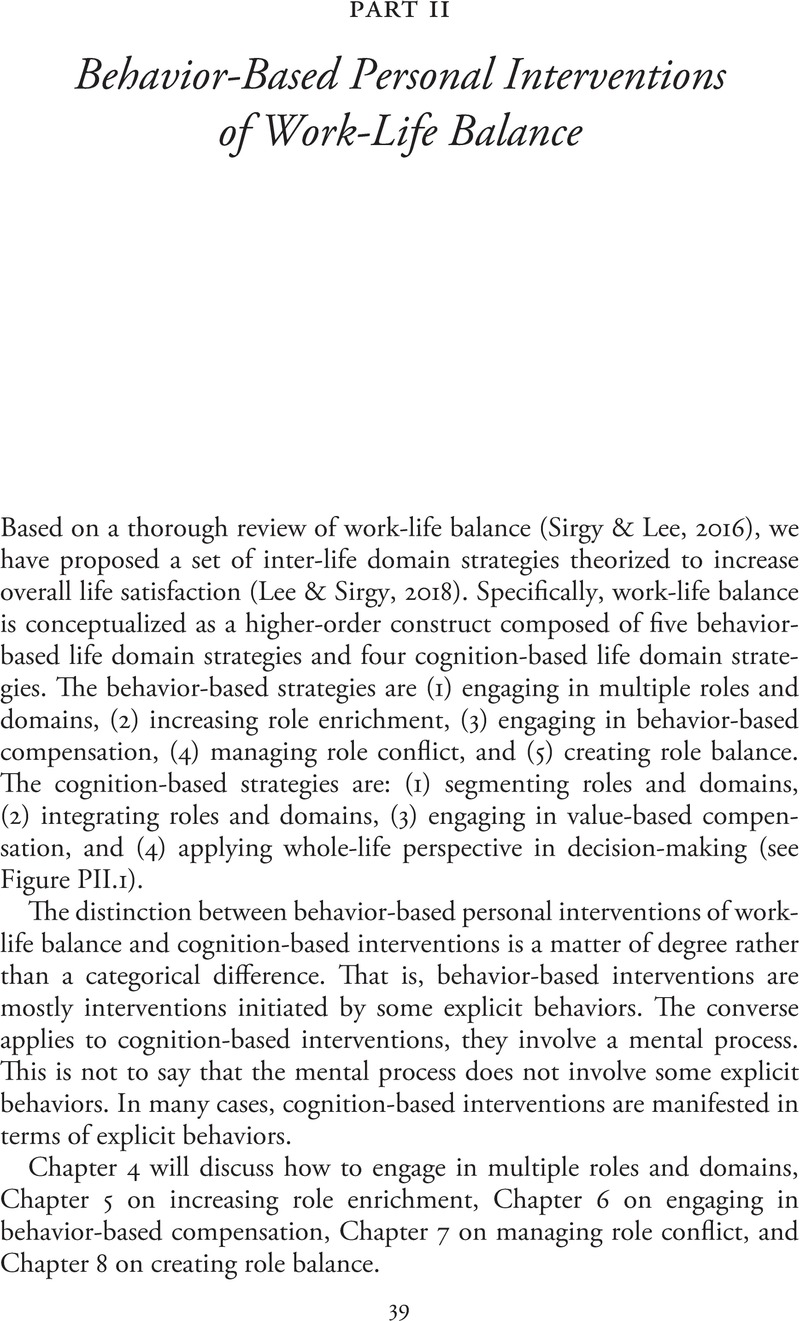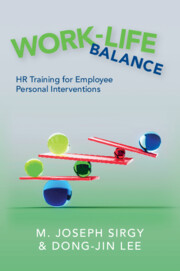Part II - Behavior-Based Personal Interventions of Work-Life Balance
Published online by Cambridge University Press: 19 January 2023
Summary

- Type
- Chapter
- Information
- Work-Life BalanceHR Training for Employee Personal Interventions, pp. 39 - 100Publisher: Cambridge University PressPrint publication year: 2023



